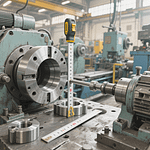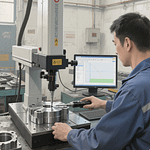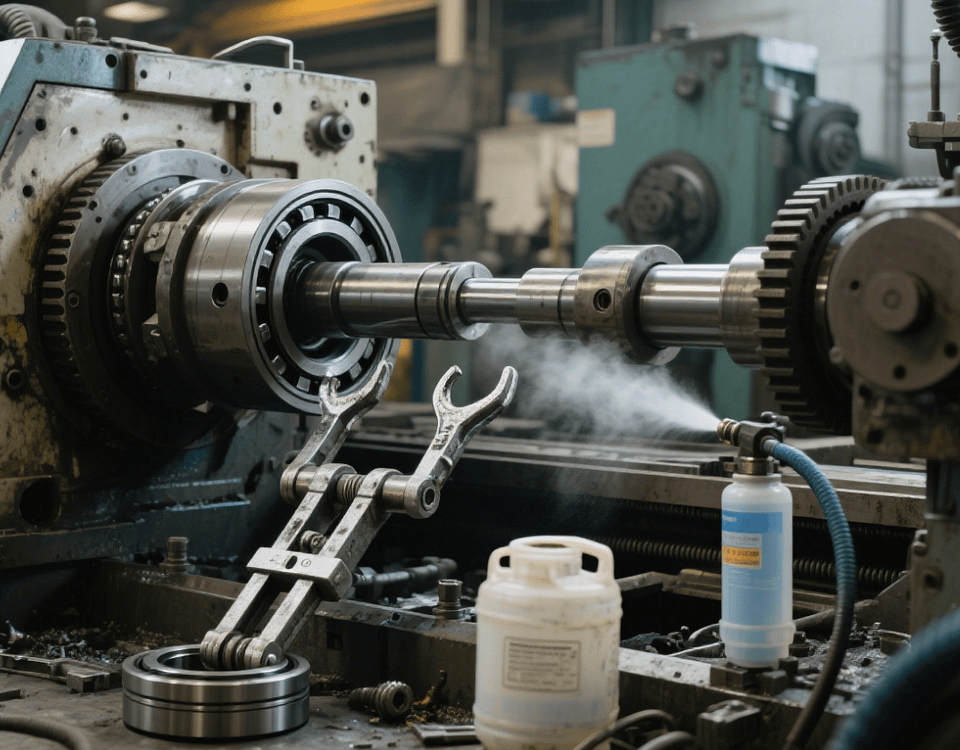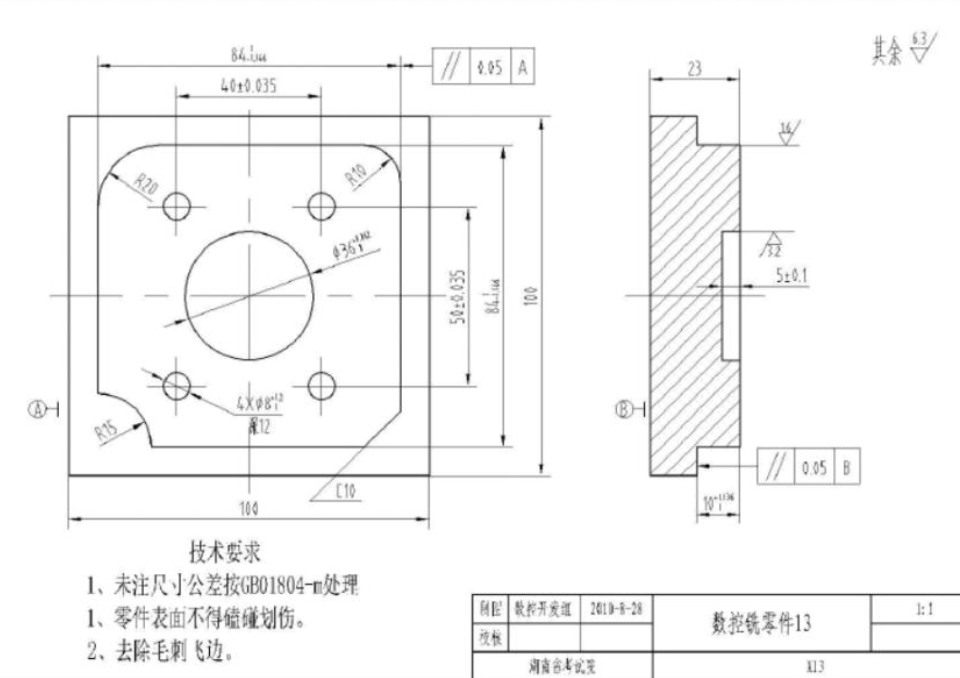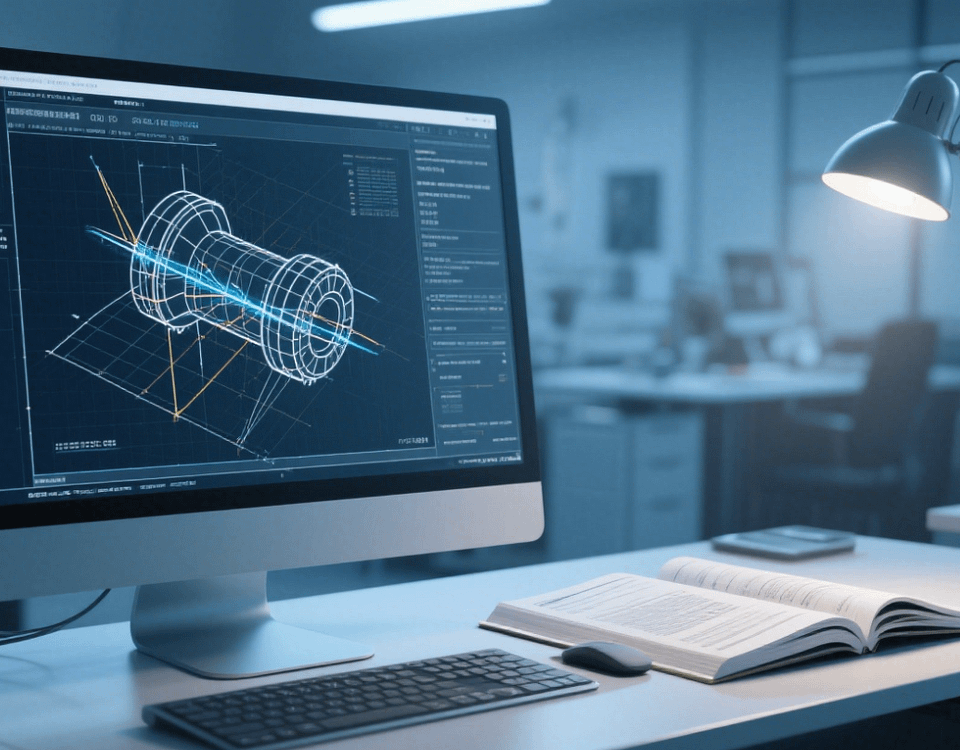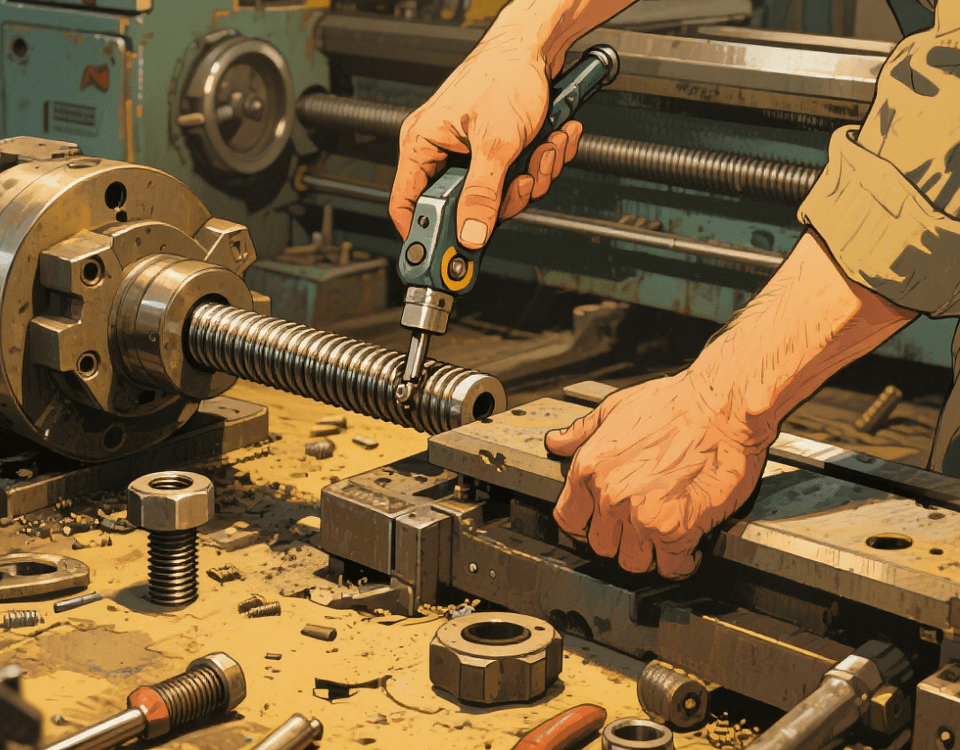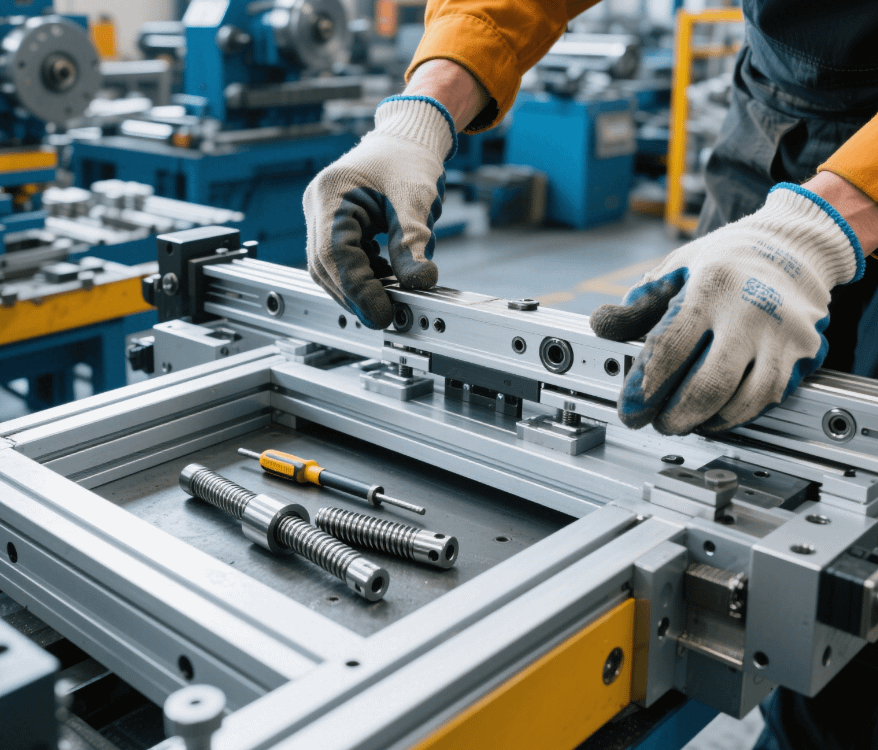How to Fix Small Parts on CNC
In the precision machining of Swiss-type lathes, fixing small parts (such as shafts with diameter ≤3mm and sheets with thickness ≤0.8mm) is a core challenge to ensure machining accuracy. These parts are prone to displacement due to uneven clamping force, cutting vibration, or electrostatic adsorption. A scientific fixing solution can control the positioning error within ±0.005mm. The following details the full-process technical solutions from fixture design to process optimization based on the factory’s 11 years of practice.
I. Innovative Design of Micro Fixtures
1. Elastic Clamping Solutions
Four-lobe Elastic Jaws: Made of spring steel (hardness HRC45-50), with an opening of 0.05-0.2mm and clamping force of 1-3N, suitable for shaft parts with φ1-5mm;
Vacuum Adsorption Plate: Use a porous ceramic suction cup (pore diameter 0.3mm, vacuum degree ≥-0.09MPa) for 0.5mm aluminum sheets, with an adsorption area ≥80% of the part bottom surface.
2. Anti-vibration Structure Design
Symmetric Support Blocks: Install cemented carbide support blocks (1mm thick) on both sides of the part to offset the radial force during turning;
Damping Cushion: Inlay nitrile rubber pads (hardness Shore A 40-50) at the bottom of the fixture, reducing the vibration amplitude by more than 60%.
II. Precise Control of Cutting Process
1. Tool and Parameter Matching
When machining different types of small parts, match the corresponding tool materials, spindle speed, and feed rate:
Steel Micro Shafts: Use ceramic tools, spindle speed 18,000-22,000r/min, feed rate 0.01-0.03mm/r;
Copper Thin Sheets: Use PCD tools, spindle speed 28,000-32,000r/min, feed rate 0.005-0.02mm/r.
2. Chip Breaking and Removal Strategies
Micro Chip Breaker Groove: Machine a U-shaped groove (0.2mm wide × 0.15mm deep) on the tool rake face to control the chip length within 3mm;
High-pressure Air Blowing: Use 3-4MPa compressed air (nozzle diameter 0.8mm) to blow in the opposite direction of tool movement, increasing the chip removal efficiency by 50%.
III. Static and Adsorption Control
1. Static Elimination Technology
High-frequency Ion Bar: Install an ion bar in the machining area (elimination time ≤0.5s) to control the static voltage within ±50V;
Grounding Network: Ground the fixture through multi-strand copper wires (cross-sectional area ≥4mm²) with a grounding resistance ≤0.5Ω.
2. Anti-sticking Surface Treatment
Nano-coating: Spray diamond-like carbon coating (DLC, thickness 3-5μm) on the fixture contact surface, reducing the surface friction coefficient by 40%;
Air Film Isolation: Introduce 0.1-0.2MPa compressed air between the part and the fixture to form an air film to prevent adsorption.
IV. Automated Fixing System
1. Visual Positioning Clamping
Preprocessing: Identify the part reference surface through an industrial camera (resolution 1200dpi);
Dynamic Adjustment: The servo motor drives the jaws (positioning accuracy ±0.01mm) to automatically compensate for offsets.
2. Soft Contact Material Collection
Buffer Device: Line the material collection box with silicone sponge (density 30kg/m³), and the parts will not be damaged when the falling height ≤150mm;
Negative Pressure Picking: Adopt a micro vacuum suction nozzle (suction force ≤0.8N) with a force sensor to monitor the clamping status in real time.
Typical Case: Fixing of φ1.5mm Titanium Alloy Shaft
Fixture Scheme: Four-lobe elastic jaws (clamping force 2N) + 0.3mm thick damping pad;
Machining Parameters: Ceramic tool (CC6060), speed 20,000r/min, feed rate 0.02mm/r;
Static Control: The ion bar works continuously, and the voltage is stable at ±30V;
Fixing Effect: After machining, the roundness is 0.006mm, and the surface roughness is Ra0.4μm, meeting the medical catheter standard.
In CNC machining, the fixing of small parts requires the integration of fixture innovation, process optimization, and intelligent control. Our factory is equipped with five-axis 联动 machining centers and laser vibration measurement systems, providing one-stop services from micro fixture design to whole-line automation. We have processed over 500,000 precision small parts for aerospace, medical minimally invasive instruments, and other fields. The fixing process is certified by ISO 9001 and IATF 16949, ensuring zero-defect delivery of products.

